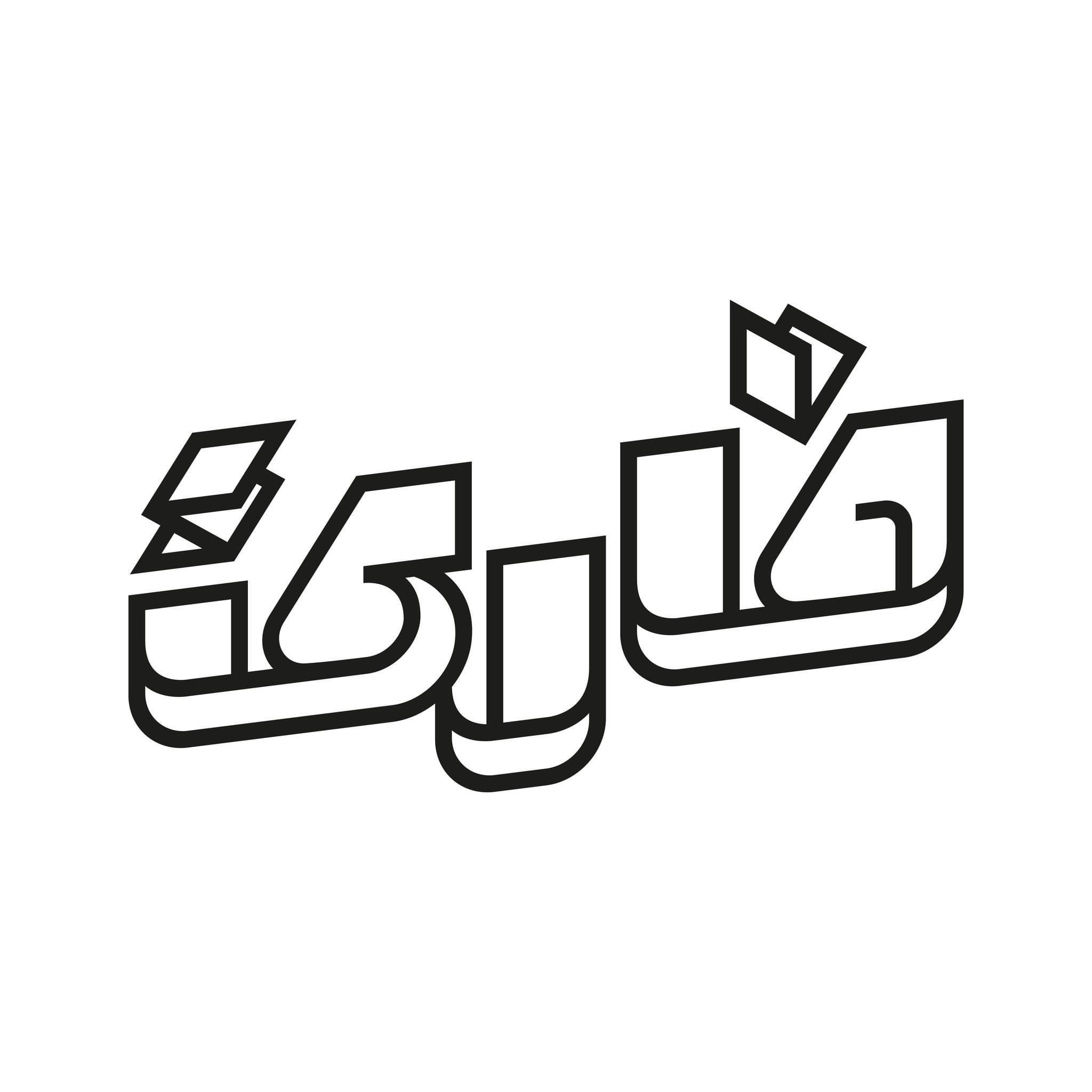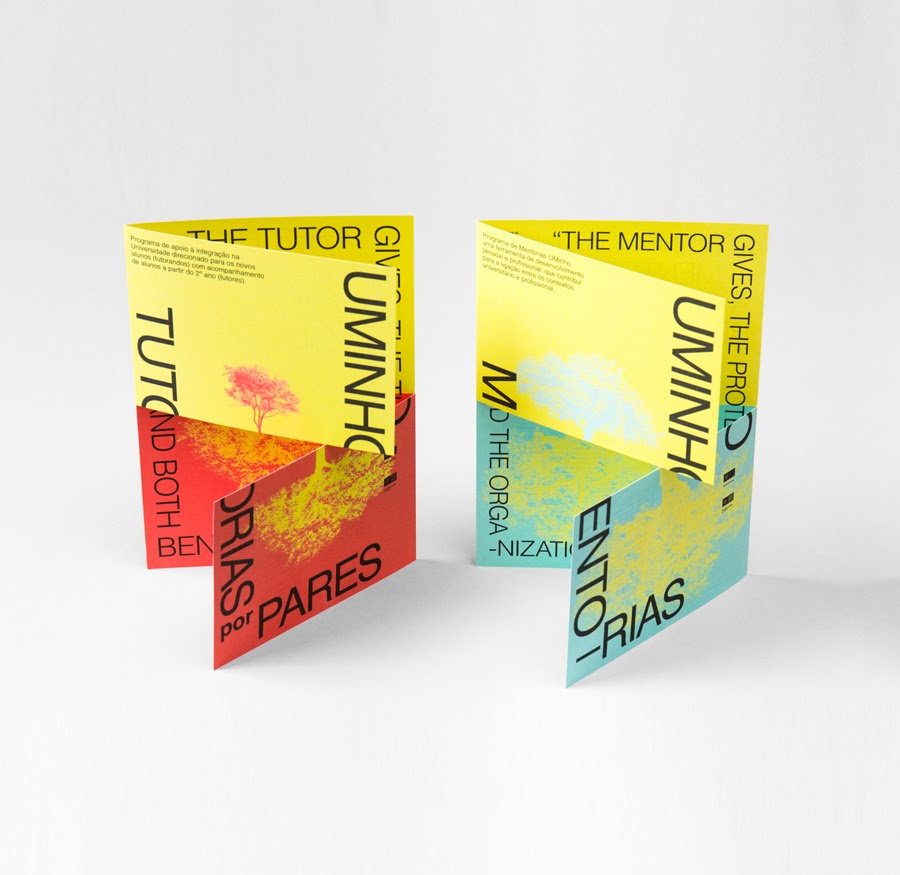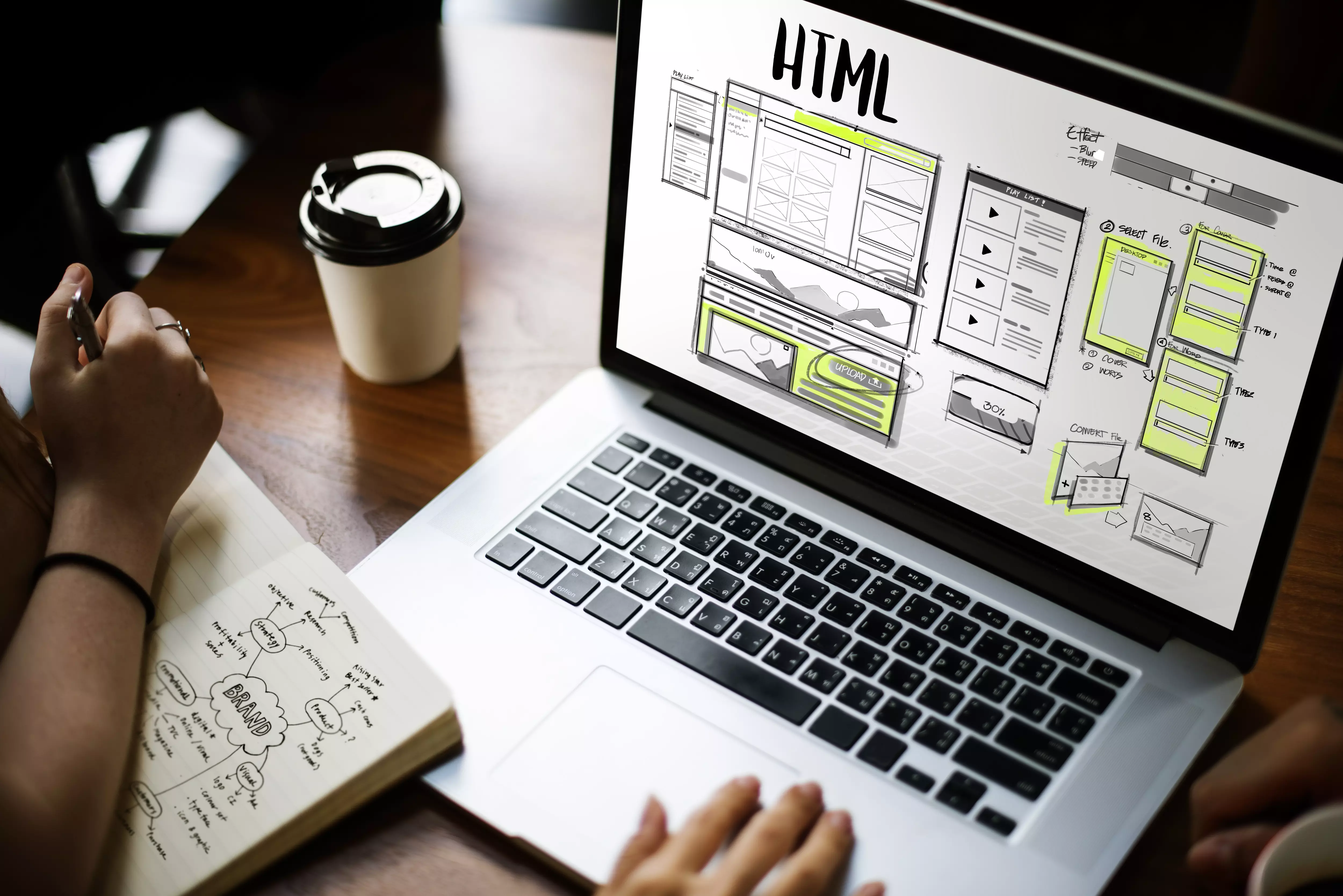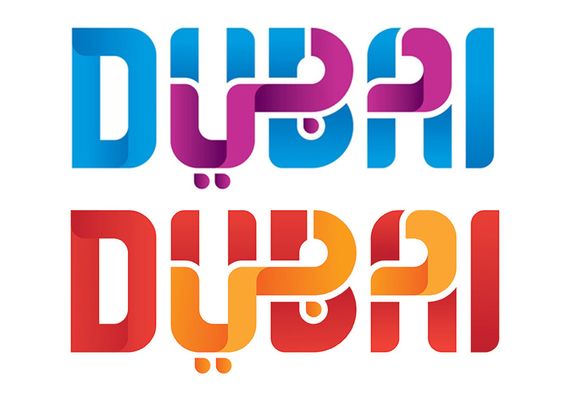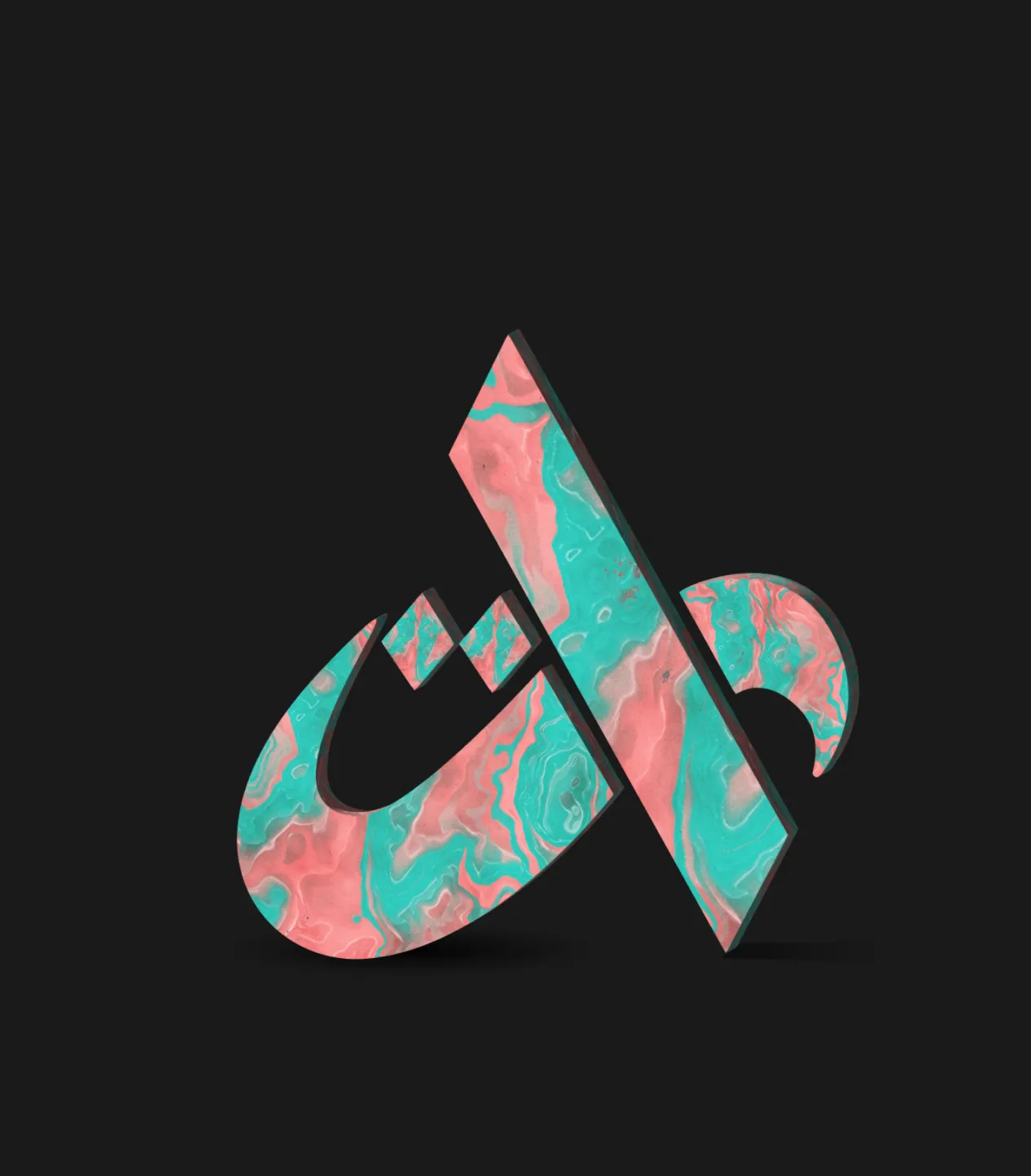In the digital age, artificial intelligence (AI) has emerged as a disruptive force across various industries, and the design world is no exception. AI technology has revolutionized the design process, enabling designers to push the boundaries of creativity and explore new horizons. With AI-powered tools and solutions, designers can achieve remarkable results while saving time and effort. In this article, we will delve into the impact of AI in the design world and how it is transforming the way designers create and innovate.
Unleashing Creativity with AI
.png)
AI-powered design solutions have unlocked a new realm of creative possibilities. By analyzing vast amounts of data and providing real-time insights, AI assists designers in brainstorming and generating ideas quickly. Designers no longer have to start from scratch; they can leverage AI tools to explore design options, experiment with different elements, and create visually stunning and conceptually rich designs. AI augments human creativity, empowering designers to break free from traditional constraints and unleash their imagination.
Streamlining the Design Process
One of the most significant contributions of AI in the design world is the streamlining of the design process. AI-powered virtual design agents can analyze customer requests, compare materials, develop solutions, and provide recommendations with unprecedented accuracy. This eliminates the need for designers to spend countless hours on mundane tasks and allows them to focus on the more strategic aspects of their work. With AI, designers can expedite the design process, meet tight deadlines, and deliver exceptional results.
Enhancing Efficiency and Productivity
AI-driven automation has revolutionized efficiency and productivity in the design industry. Designers can rely on AI-powered virtual assistants to handle repetitive and time-consuming tasks such as image resizing and typo corrections. This automation not only saves valuable time but also enables designers to concentrate on high-level tasks that require human creativity and expertise. Additionally, AI-powered tools can generate prototypes swiftly, enabling designers to test and iterate their ideas more effectively.
Democratizing Design
AI solutions are democratizing the design industry by making design accessible to a wider audience. In the past, creating beautiful designs often required expensive and complex tools. However, with AI-powered design solutions, even designers with basic coding capabilities can produce stunning designs. Templates and libraries can be customized, allowing designers of all skill levels to create professional-grade designs. AI is breaking down barriers, empowering aspiring designers to express their creativity and contribute to the design world.
Embracing Collaboration: Designer and AI Partnership
Contrary to popular misconceptions, AI is not here to replace designers; it is here to augment their capabilities. Designers and AI can form a powerful partnership, where AI becomes an indispensable ally in the creative process. By collaborating with AI, designers can leverage its data-driven insights to make informed design decisions. This partnership allows designers to tap into AI's analytical power while infusing their artistic sensibility and human touch into the final designs. Together, designers and AI can create transformative and meaningful experiences for users.
.png)
AI has become an integral part of the
design world, propelling creativity, efficiency, and accessibility to new
heights. Through AI-powered tools and solutions, designers can explore
uncharted territories, streamline their workflows, and unlock their full
potential. As AI continues to evolve, it is essential for designers to embrace
this transformative technology and adapt to its capabilities. By harnessing the
power of AI and maintaining a collaborative approach, designers can shape the
future of the design industry and create designs that captivate and inspire. AI
is not a threat but a catalyst for innovation, ushering in a new era of
limitless possibilities in the design world.
Popular Questions about AI in Design:
Can I take credit for artworks created by AI?
While designers can technically claim authorship of AI-generated artworks, it is important to consider the limitations of current AI tools. These tools often provide limited control over the design process, relying on the AI system's interpretation of the provided input. As a result, the final output may lack the distinct human touch and personal expression that designers bring to their work. Future AI tools may offer more control, allowing designers to infuse their personality into AI-generated designs.
Will AI replace designers completely?
AI has the potential to automate certain aspects of the design process, but it is unlikely to replace designers entirely. AI tools excel in tasks that involve data analysis, pattern recognition, and rapid generation of design options. However, the role of designers extends beyond these automated capabilities. Designers possess unique insights, creativity, and empathy that are essential for understanding human needs and preferences. The partnership between designers and AI can enhance creativity and streamline workflows, leading to more impactful design outcomes.
Making the Most of AI Tools:
To harness the power of AI tools effectively, designers can consider the following tips:
Embrace AI as a tool, not a replacement: View AI as a complementary tool that augments your creative process rather than a substitute for your skills and expertise. AI can enhance efficiency, offer inspiration, and generate new design possibilities.
Understand the limitations of AI: Recognize that current AI tools may have constraints in terms of control and personalization. Utilize AI tools for tasks that align with their strengths, such as generating design variations, automating repetitive tasks, or gathering insights from large datasets.
Infuse human creativity and judgment: Use AI-generated outputs as a starting point for your creative process. Inject your unique vision, refine the generated designs, and add the human touch that AI may lack. This collaboration between AI and designers can result in innovative and compelling designs.
Stay informed and adapt: AI technology is evolving rapidly, so it's crucial to stay updated with the latest advancements and trends. Experiment with different AI tools, explore their capabilities, and adapt your design process accordingly.

